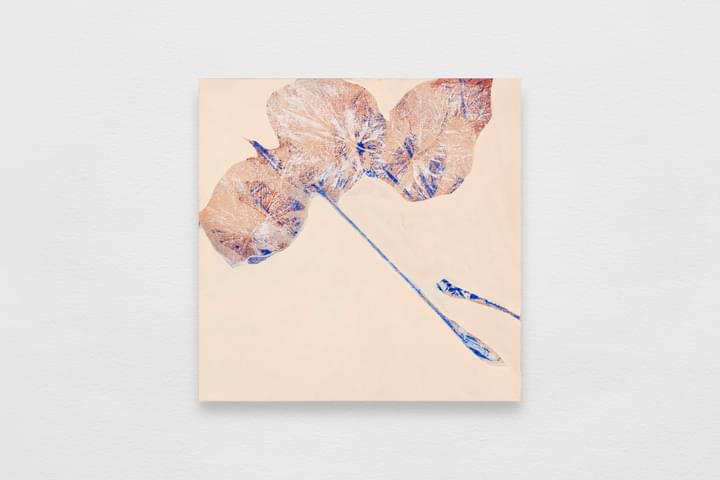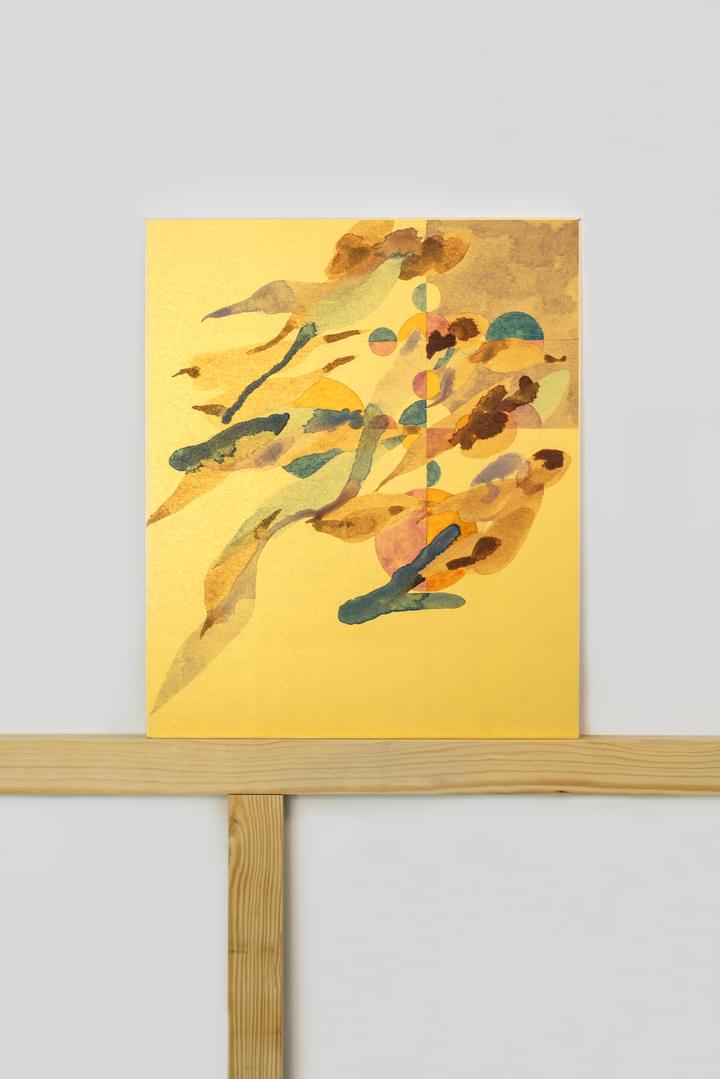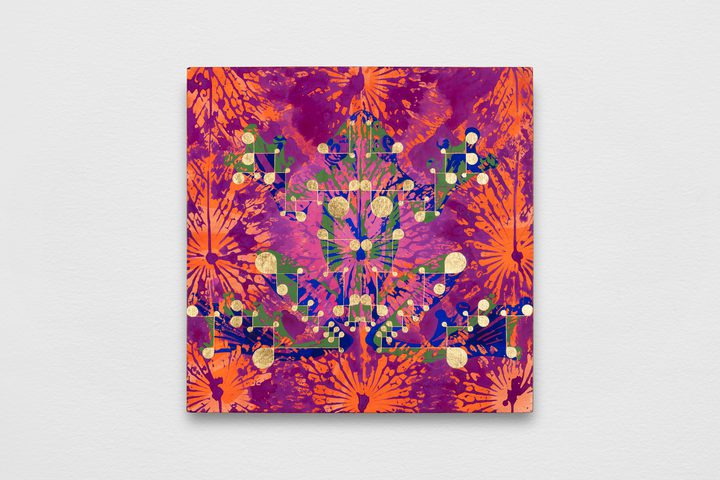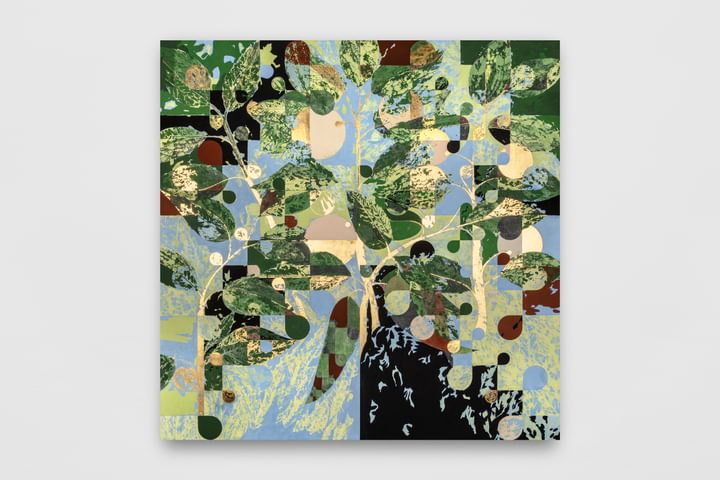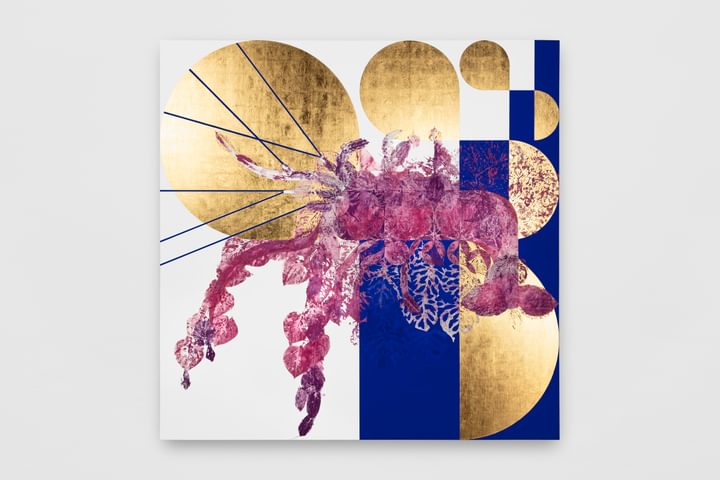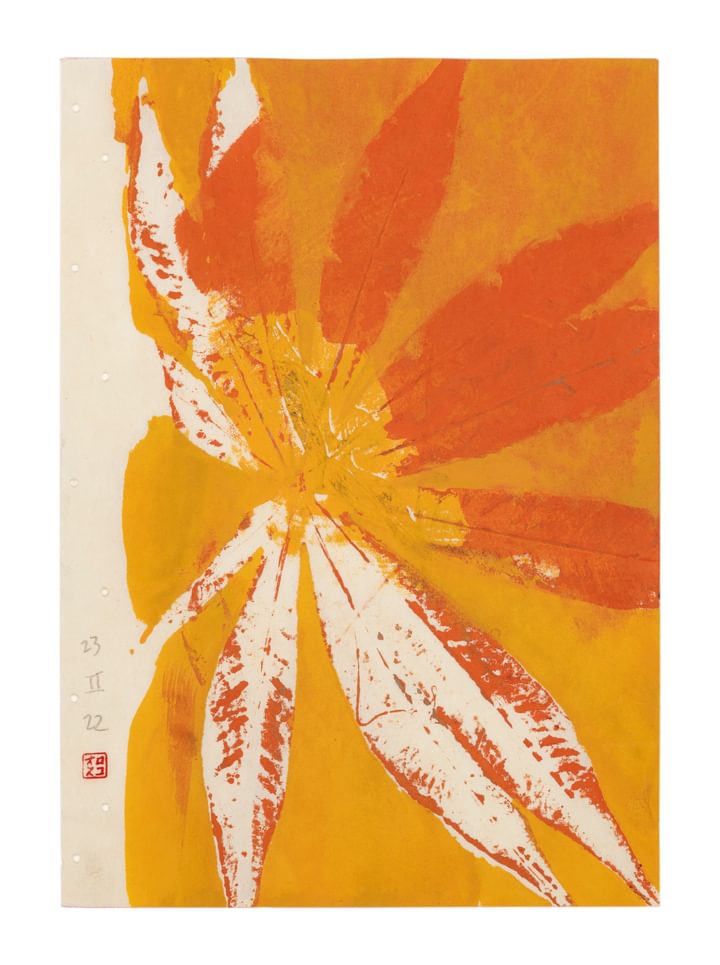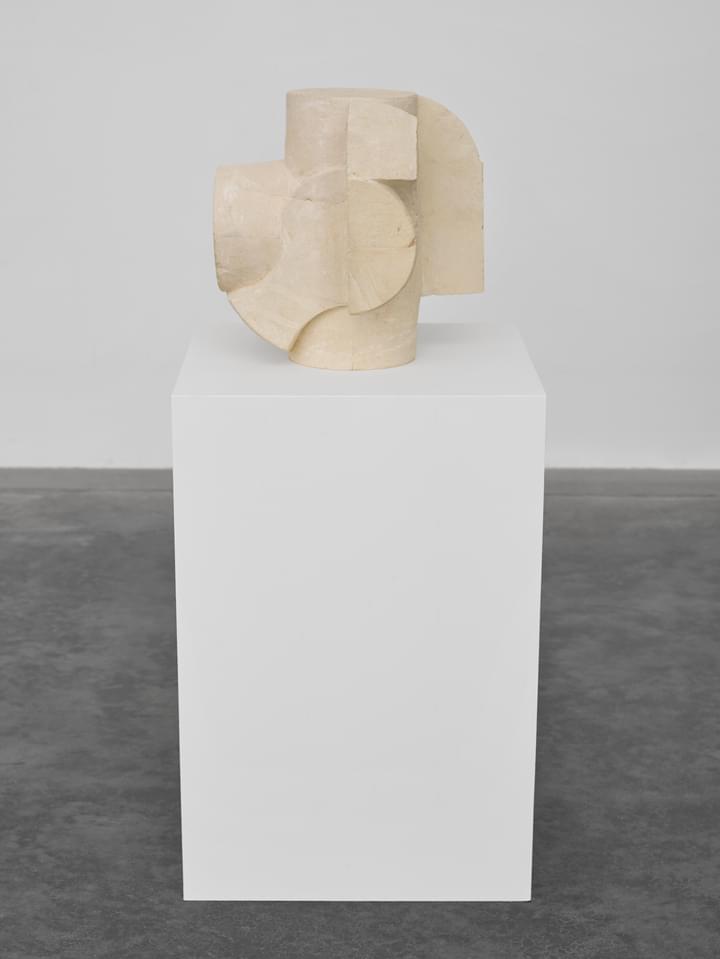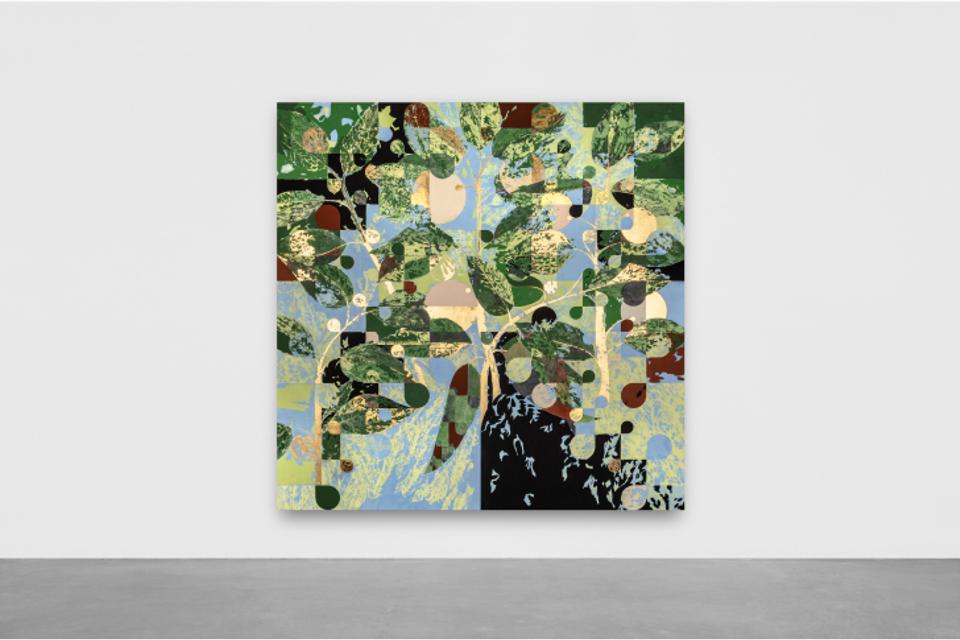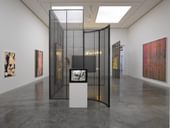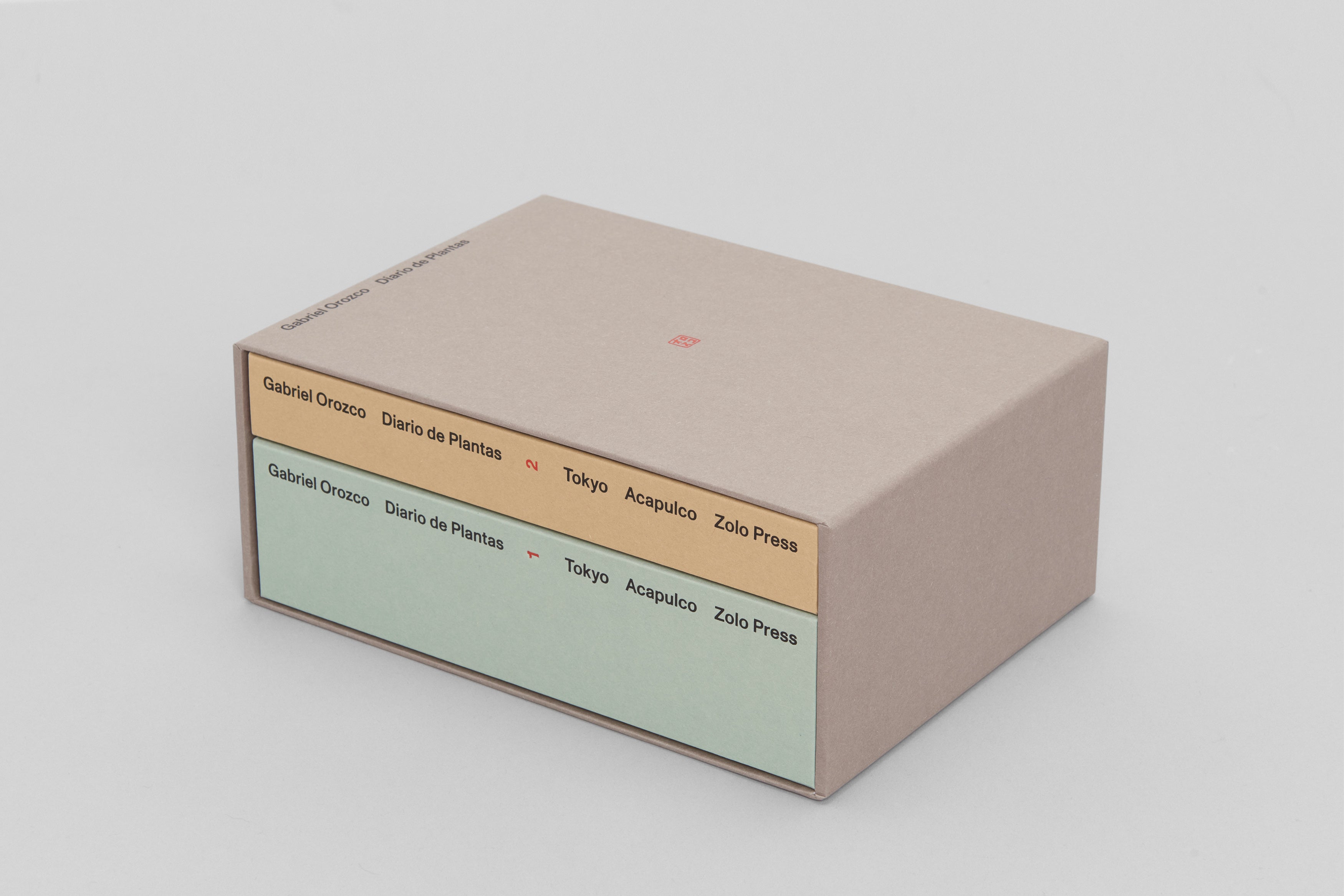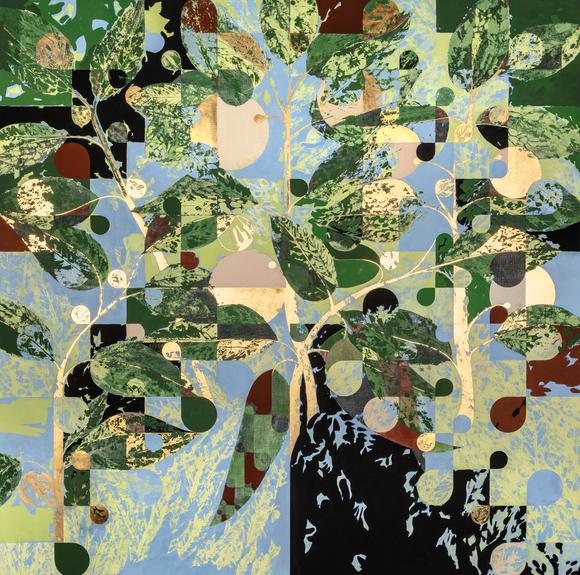
Pepper plant, 2022
Gabriel Orozco
B. 1962
Artworks

Contact us about available Gabriel Orozco works
Exhibitions
Gallery Exhibition
Gabriel Orozco
4 September – 14 December 2024
Gallery Exhibition
Gabriel Orozco
Diario de Plantas
10 October – 12 November 2022
Gallery Exhibition
Gabriel Orozco
Suisai: Tokyo Strokes
27 May – 20 August 2016
Gallery Exhibition
Gabriel Orozco
Twelve Paintings and a Drawing
29 September – 11 November 2006
Museum Exhibitions
Find out more1 February - 3 August 2025 | Mexico City
18 April - 15 June 2024 | Venice, Italy
17 April - 11 August 2019
Film
5 Questions with Gabriel Orozco
Gabriel Orozco delves into his creative process and recent works on view at White Cube Seoul in 2024.
News
Find out moreGabriel Orozco awarded Commander of the Order of Arts and Letters by the French Ministry of Culture
Posted: 30 January 2025
Mexico City
Create an Account
To view available artworks and access prices.
